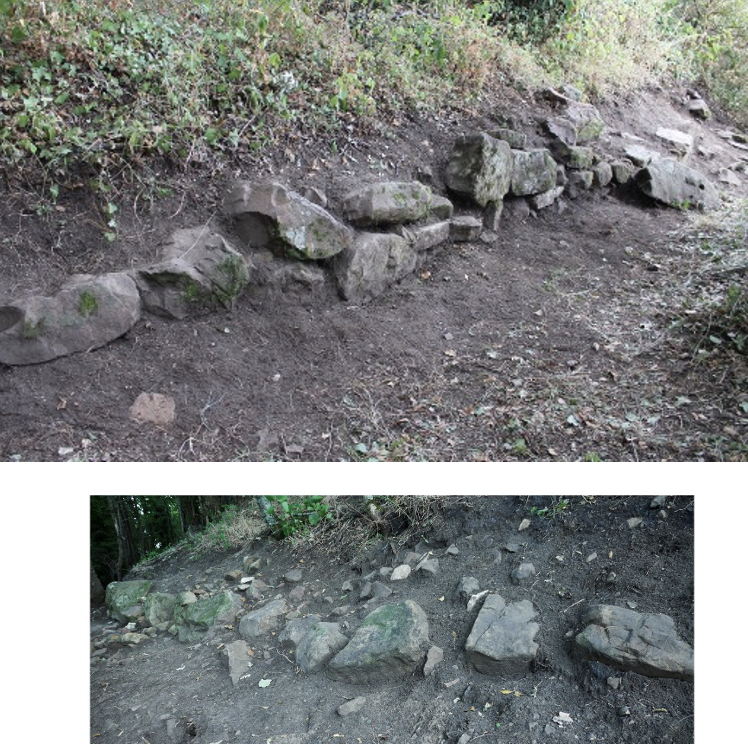The second archaeological field session, in July and August 2018, received the scientific label and financial support from the French-Italian University. The objective of this second session was to continue the topographical and archaeological survey in the western part of the site, corresponding to the Acropolis and the Porta Marie sector.

New chronological data for the south wall of the Acropolis have been established. At least three phases of construction and use have been documented, with most of the remains belonging to the second phase. The second phase includes the insertion of dividing walls at variable distances, allowing the retaining wall of the Acropolis to better resist the forces exerted by the sloping ground. The wall is also equipped with a drainage system using barbicans. It was also possible to attribute the (re?)construction of the Porta Livia to the third phase, thanks among other things to the presence of a level of destruction. In the absence of a stratigraphic excavation, it is impossible to propose an absolute dating of the three phases for the time being. As for the function of the southern wall of the Acropolis, it may be as much a surrounding wall (with the presence of a ‘bastion’) as a retaining wall of the acropolis.

The topographical survey conducted on the northern slope of the Acropolis also provided new information. The various terrace walls have a very different configuration from both the outer and southern walls of the Acropolis: the blocks are smaller and irregular. The remains of these terrace walls are, moreover, very partial (intermittent sections), which makes their relationship with the southern section of the Acropolis wall very hypothetical.
The 2018 field session also uncovered the main entrance to the site: the Porta Marie. This is a gate with an inner courtyard, whose planimetry can be compared to similar gates in the area (Civita di Tricarico, Serra di Vaglio, etc). Its state of preservation is quite remarkable. It is possible to reconstruct an elevation of at least two metres, while the presence of a curved block suggests the reconstruction of a vault. This discovery underlines the scientific importance of the site: Monte Torretta offers a wealth of information on the military architecture in Basilicata and, more generally, in southern Italy.
Finally, the CNR laboratory IMAA undertook a series of geophysical surveys in the Porta Livia and Porta Marie areas. These analyses revealed the presence of a significant number of wall alignments, which attest to a dense intramural occupation and a network of streets. In addition to the layout of the circuit wall and its construction, the very heart of the settlement is beginning to come back to life.

